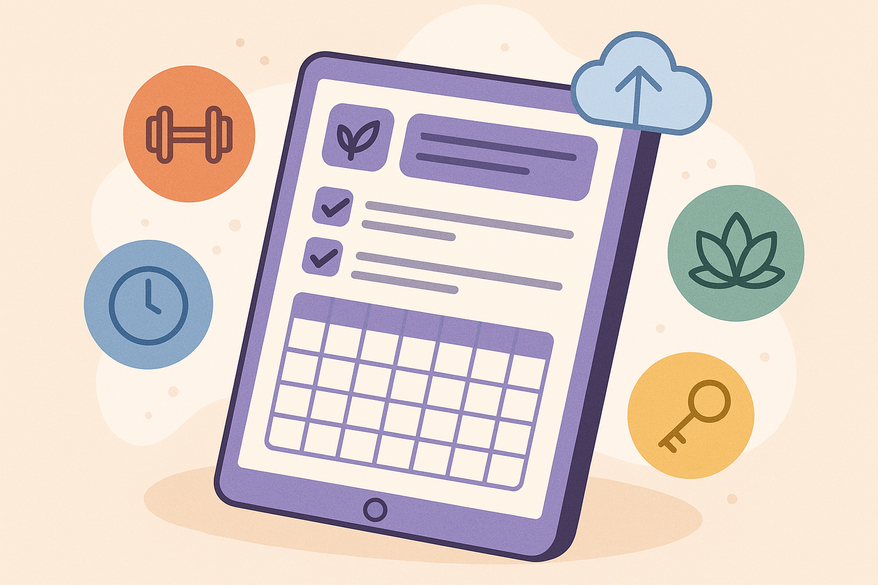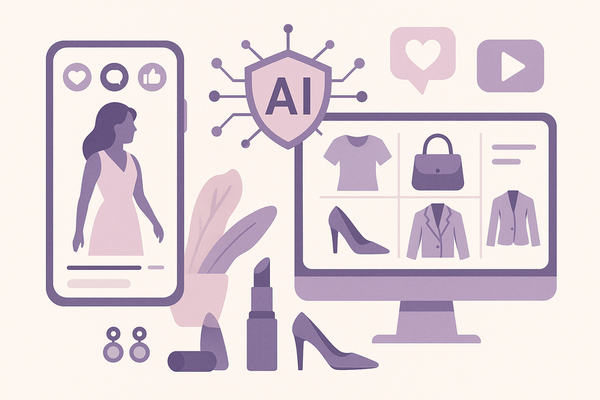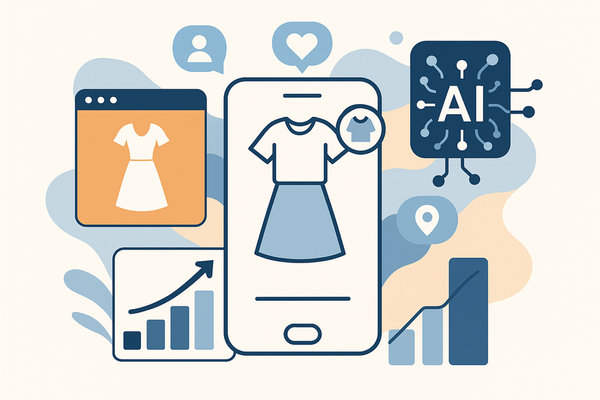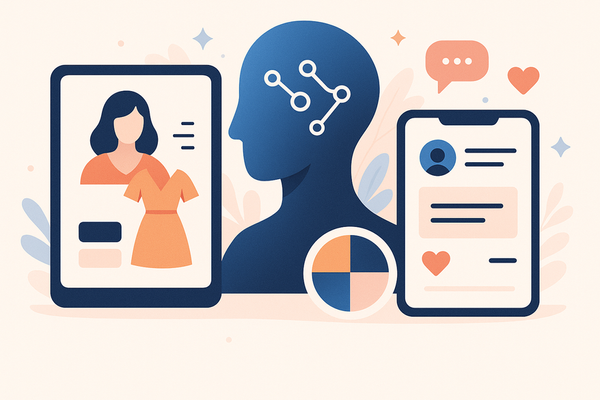Ultimate Guide to a Digital Self-Care Planner: Boost Your Well-Being in the Digital Age
Discover how a digital self-care planner can transform your wellness routine, offering customizable features, real-time updates, and key integration for effective self-care.

Estimated reading time: 10 minutes
Key Takeaways
- Digital self-care planners combine real-time updates, analytics, and customization to streamline your wellness routine.
- Automated reminders and habit tracking build accountability and consistency.
- Integration with health apps and wearables unifies mental, emotional, and physical data.
- Evaluate planners by usability, customization options, integrations, privacy, and pricing.
- Daily planning sessions and balanced screen time help sustain long-term self-care habits.
Table of Contents
- Understanding Digital Self-Care Planners
- Key Features and Benefits
- How to Choose the Right Digital Self-Care Planner
- Practical Tips for Using a Digital Self-Care Planner Effectively
- Future Trends and Tools in Digital Self-Care
- Conclusion
Understanding Digital Self-Care Planners
A digital self-care planner differs from a paper planner in several powerful ways. Think of it as a wellness journal on your phone or tablet, not just a notebook.
Core Differences- Enhanced customization: Choose colors, layouts, and templates that match your style.
- Real-time updates: Edit entries on the go and see changes instantly.
- Device syncing: Access your self-care system on phone, tablet, and computer without missing a beat.
- Step trackers and health apps connect directly to your planner, so you can monitor steps, hydration, or sleep without manual logging.
- Automatic schedule adjustments let your planner reshuffle tasks when meetings run long or travel interferes.
- Accessibility across devices keeps your self-care system at your fingertips anywhere.
- Instant reminders and notifications build accountability.
- Analytics dashboards provide self-reflection and momentum.
Debunking Myths: Some say digital planners feel less personal or harder to use. In truth, user-friendly interfaces and customizable templates make e-planners intuitive for all ages. You can personalize every detail, from fonts to habit-tracker icons, making the digital route as meaningful as handwriting in a paper planner.
Key Features and Benefits
Modern digital self-care planners pack features that support mental, emotional, and physical health. For a broader look at AI self-improvement tools, refer to this guide.
- Customizable Templates
- Journaling, meditation logs, workout schedules, gratitude pages.
- Flex themes and colors to suit moods.
- Automated Reminders and Notifications
- Push alerts for hydration, breathing exercises, or screen breaks.
- Email nudges for weekly check-ins.
- Habit and Goal Tracking
- Progress graphs for mood, sleep, steps, water intake.
- Streak visuals boost motivation.
- Analytics and Reflection Modules
- Weekly or monthly reports highlight trends in stress, mood, energy.
- Insight cards suggest adjustments, like adding more mindfulness after high-stress days.
- Integration with External Apps
- Sync with fitness trackers (Fitbit, Apple Watch), sleep apps, and calorie counters.
- Unified dashboard for a holistic wellness tracker.
How These Tools Support You:
- Mental well-being: Structure lowers anxiety.
- Emotional health: Reflection modules foster self-compassion.
- Physical health: Auto-tracked hydration and steps promote healthy habits.
How to Choose the Right Digital Self-Care Planner
Not every e-planner fits every person. Use this checklist to guide your decision.
Checklist for Evaluation- Usability: Is the interface simple and clear? Look for a gentle onboarding tutorial.
- Customization Depth: Can you tweak templates, themes, and categories for your self-care priorities?
- Device & Calendar Integrations: Does it sync with Google Calendar, Apple Health, or Outlook?
- Reminder Flexibility: Can you set times, frequencies, and types (push vs. email)?
- Data Security & Privacy: Review encryption standards and privacy policies. Your self-care data is personal.
- Pricing Model: Compare free tiers versus premium features. Some apps offer basic habit tracking free, with advanced analytics behind a paywall.
- Planwiz: Robust self-care modules, habit analytics, mood journals.
- Reclaim: Smart scheduling, automatic self-care time blocks, calendar-aware nudges.
- MyPaPlanner: Custom daily routines, wellness insights, integrated step tracking.
Tips to Integrate into Daily Life:
- Start with your top three self-care priorities (sleep, meditation, hydration).
- Sync the planner with existing calendars to avoid double-booking.
- Set realistic reminder schedules—avoid alert overload.
For an effortless, AI-powered self-care companion, consider Maxx Report, which generates tailored wellness reports and reminders based on your goals.
Practical Tips for Using a Digital Self-Care Planner Effectively
A planner is only as good as its daily use. Here’s a step-by-step setup and maintenance guide. You might also join a structured challenge at 30-day glow up challenge to kickstart your habit.
Setup Guide
- Define Self-Care Goals
- Choose areas: sleep, mindfulness, fitness, nutrition.
- Pick or Create Templates
- Align layouts with each goal (e.g., daily mood chart, water tracker).
- Schedule Recurring Reminders
- Set alerts for morning meditation, mid-day stretch, evening gratitude.
- Input Baseline Data
- Log initial mood ratings, daily steps, water intake to track progress.
Sustained Use Strategies
- Block 5–10-minute “planning sessions” each morning or evening. Make it a habit.
- Review weekly analytics to celebrate wins and spot trends.
- Use habit-streak visuals to foster motivation and reward consistency.
Balancing Screen Time: Alternate digital entries with offline self-care:
- Write quick gratitude notes on paper.
- Take mindful walks without notifications.
This keeps screen fatigue at bay while nurturing your self-care routine.
Future Trends and Tools in Digital Self-Care
The digital self-care landscape is evolving fast. Here’s what’s on the horizon.
Emerging Integrations- AI-Driven Recommendations: Apps will analyze your data and suggest personalized self-care schedules.
- Predictive Analytics: Forecast stress spikes and prompt you to take preventive breaks.
- In-App Wellness Communities: Peer support, group challenges, virtual mindfulness sessions.
- Real-Time Data: Heart-rate monitors, skin-conductance sensors, sleep-trackers feed live metrics into your self-care planner.
- Unified Dashboards: Combine mental health apps, nutrition logs, and fitness data for a full wellness snapshot.
- More seamless multi-app ecosystems mean less switching between tools.
- Proactive self-care nudges become part of daily routines—almost like a digital coach guiding you toward balance.
Conclusion
Recurring self-care is within everyone’s reach when you use a digital self-care planner. We defined this modern e-planner, explored its core benefits—like real-time syncing, analytics, and integrations—and covered must-have features. You also learned how to compare top apps, set up your system, and stick with it day-to-day.
Now it’s your turn: try a digital self-care planner that matches your style, apply these practical tips, and track your journey to better well-being. Share your experiences in the comments or on social media to inspire others. Let your path to balance begin today!
FAQ
What is a digital self-care planner?
A digital self-care planner is an app or online tool designed to help you schedule, track, and reflect on self-care activities, offering features like reminders, analytics, and sync across devices.
How do I choose the best digital self-care planner?
Compare planners based on usability, customization options, integrations with your existing tools, data privacy standards, and pricing models to find the best fit.
Can digital self-care planners improve my mental health?
Yes. By providing structure, reminders, and reflection tools, digital planners can reduce anxiety, increase consistency in healthy habits, and foster self-awareness.
Are my personal data safe in a digital planner?
Most reputable planners use encryption and clear privacy policies. Always review the planner’s security measures and choose one that prioritizes your data protection.





